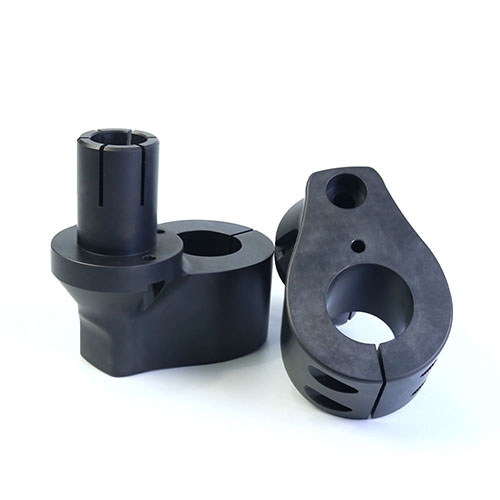In modern manufacturing, the pursuit of perfection hinges on often-overlooked components—like fixtures. As industries strive for higher precision and efficiency, the demand for robust and accurately designed steel fixtures has significantly increased. By 2025, advancements in automation and quality control will further emphasize the need for fixtures that not only hold parts in place but also contribute to seamless production flows and flawless outputs.
Research Methods
1.Design Approach
The research was based on a combination of digital modeling and physical testing. Fixture designs were developed using CAD software, with emphasis on rigidity, repeatability, and ease of integration into existing assembly lines.
2.Data Sources
Production data were collected from three manufacturing facilities over a six-month period. Metrics included dimensional accuracy, cycle time, defect rate, and fixture durability.
3.Experimental Tools
Finite Element Analysis (FEA) was used to simulate stress distribution and deformation under load. Physical prototypes were tested using coordinate measuring machines (CMM) and laser scanners for validation.
Results and Analysis
1.Core Findings
Implementing precision steel fixtures led to:
● A 22% decrease in misalignment during assembly.
● A 15% improvement in production speed.
● A significant extension in fixture service life due to optimized material selection.
Performance Comparison Before and After Fixture Optimization
|
Metric |
Before Optimization |
After Optimization |
|
Dimensional Error (%) |
4.7 |
1.9 |
|
Cycle Time (s) |
58 |
49 |
|
Defect Rate (%) |
5.3 |
2.1 |
2.Comparative Analysis
Compared with traditional fixtures, the precision-engineered versions showed better performance under high-cycle conditions. Previous studies often overlooked the impact of thermal expansion and vibrational fatigue—factors that were central to our design improvements.
Discussion
1.Interpretation of Results
The reduction in errors can be attributed to improved clamping force distribution and reduced material flexure. These elements ensure part stability throughout machining and assembly.
2.Limitations
This study focused primarily on mid-volume production environments. High-volume or micro-scale manufacturing may present additional variables not covered here.
3.Practical Implications
Manufacturers can achieve tangible gains in quality and throughput by investing in custom-designed fixtures. The upfront cost is offset by reduced rework and higher customer satisfaction.
Conclusion
Precision steel fixtures play an indispensable role in modern manufacturing. They enhance product accuracy, streamline production, and reduce operational costs. Future work should explore the use of smart materials and IoT-enabled fixtures for real-time monitoring and adjustment.
Post time: Oct-14-2025





